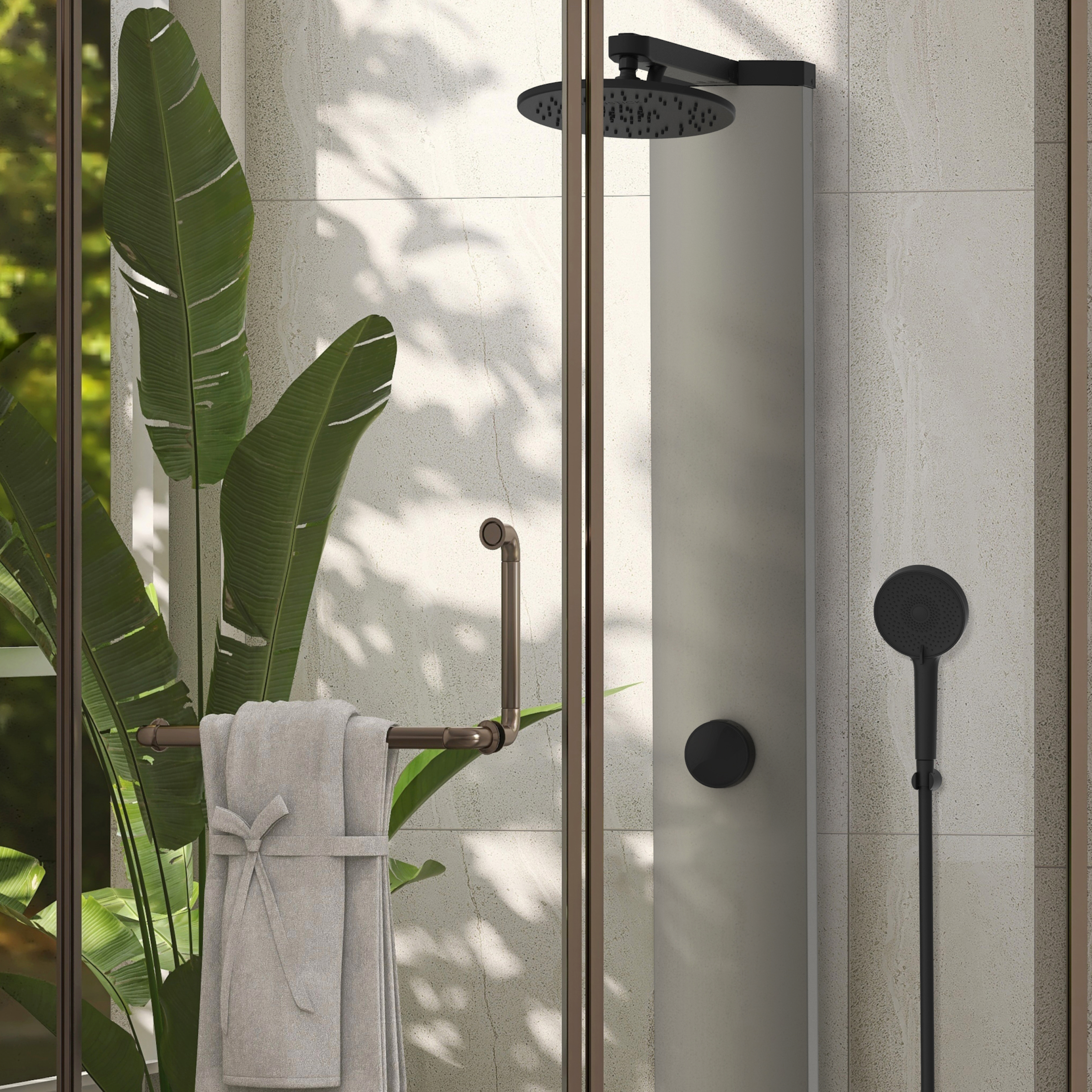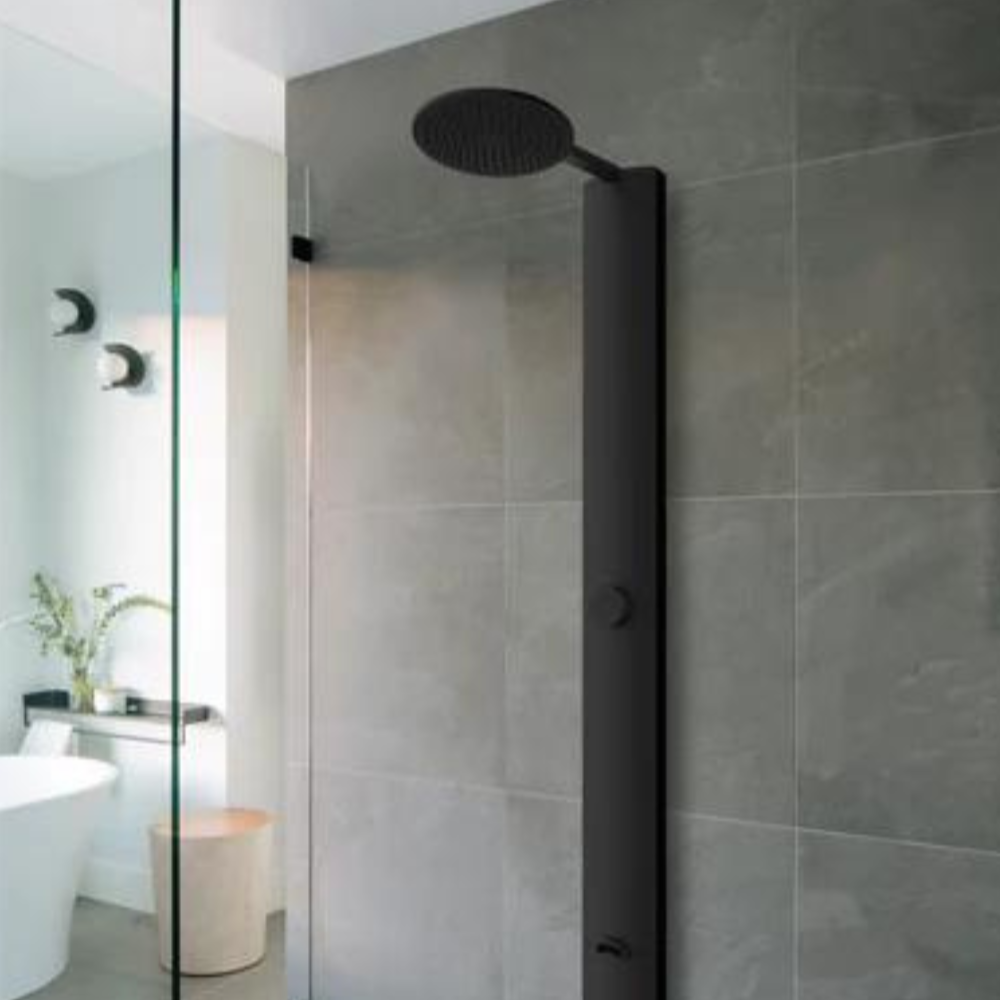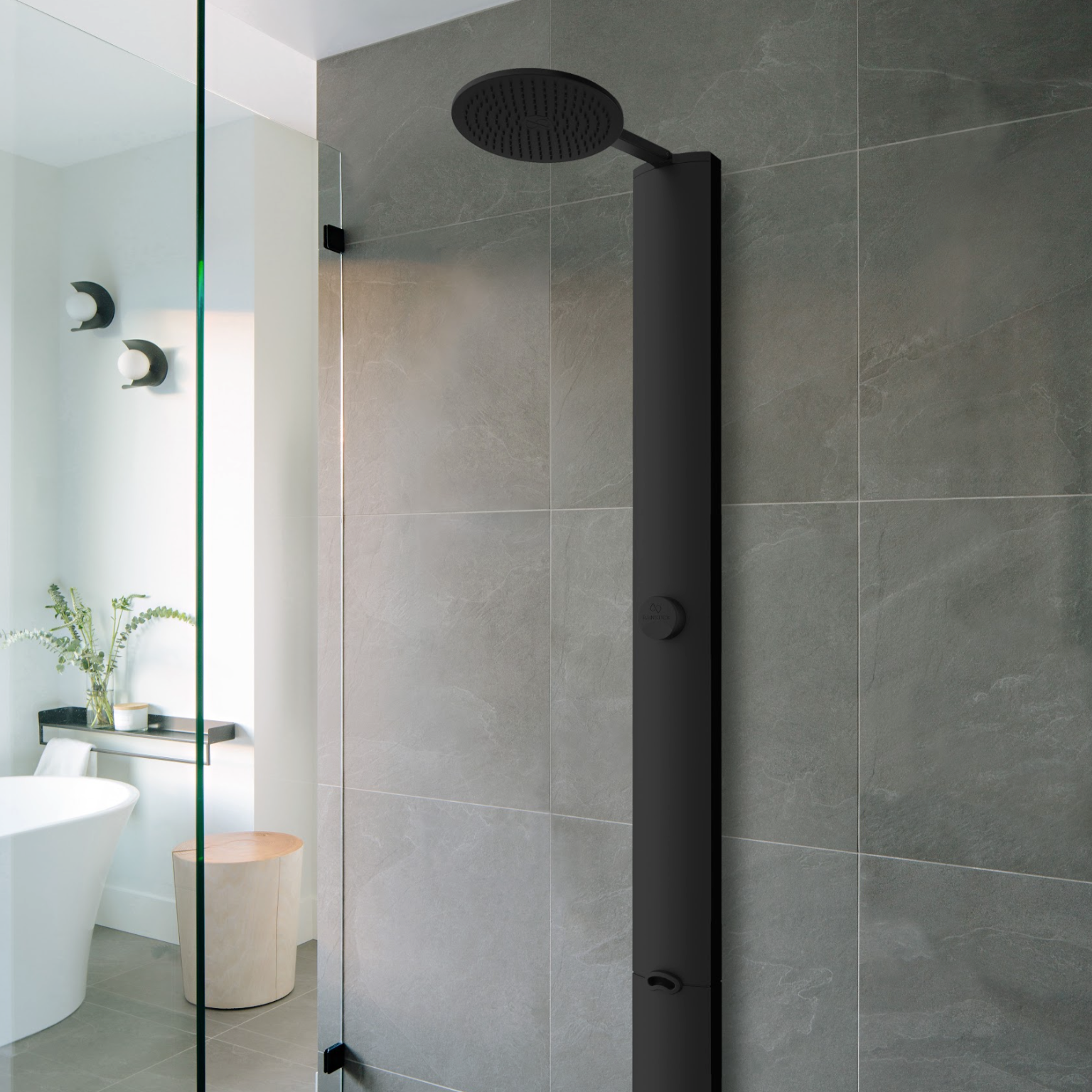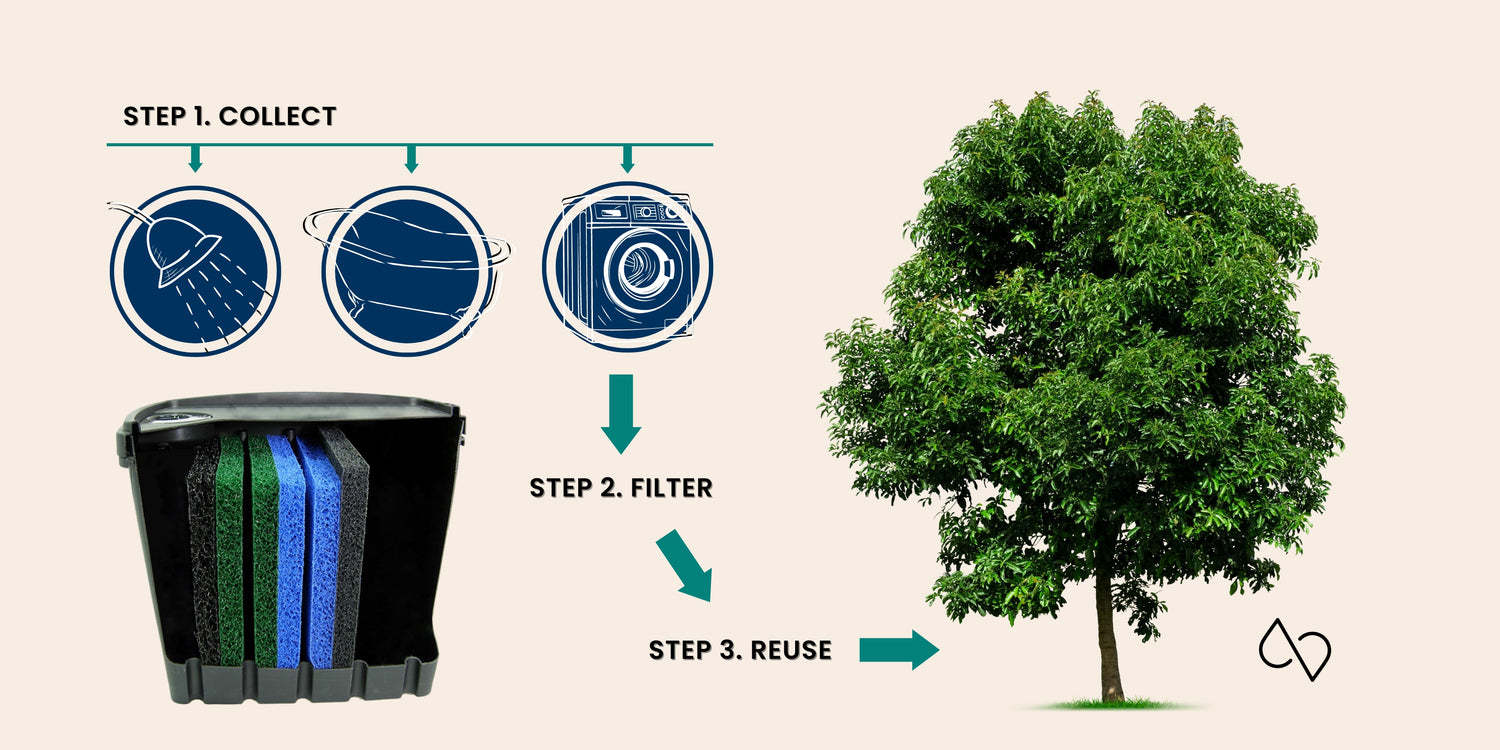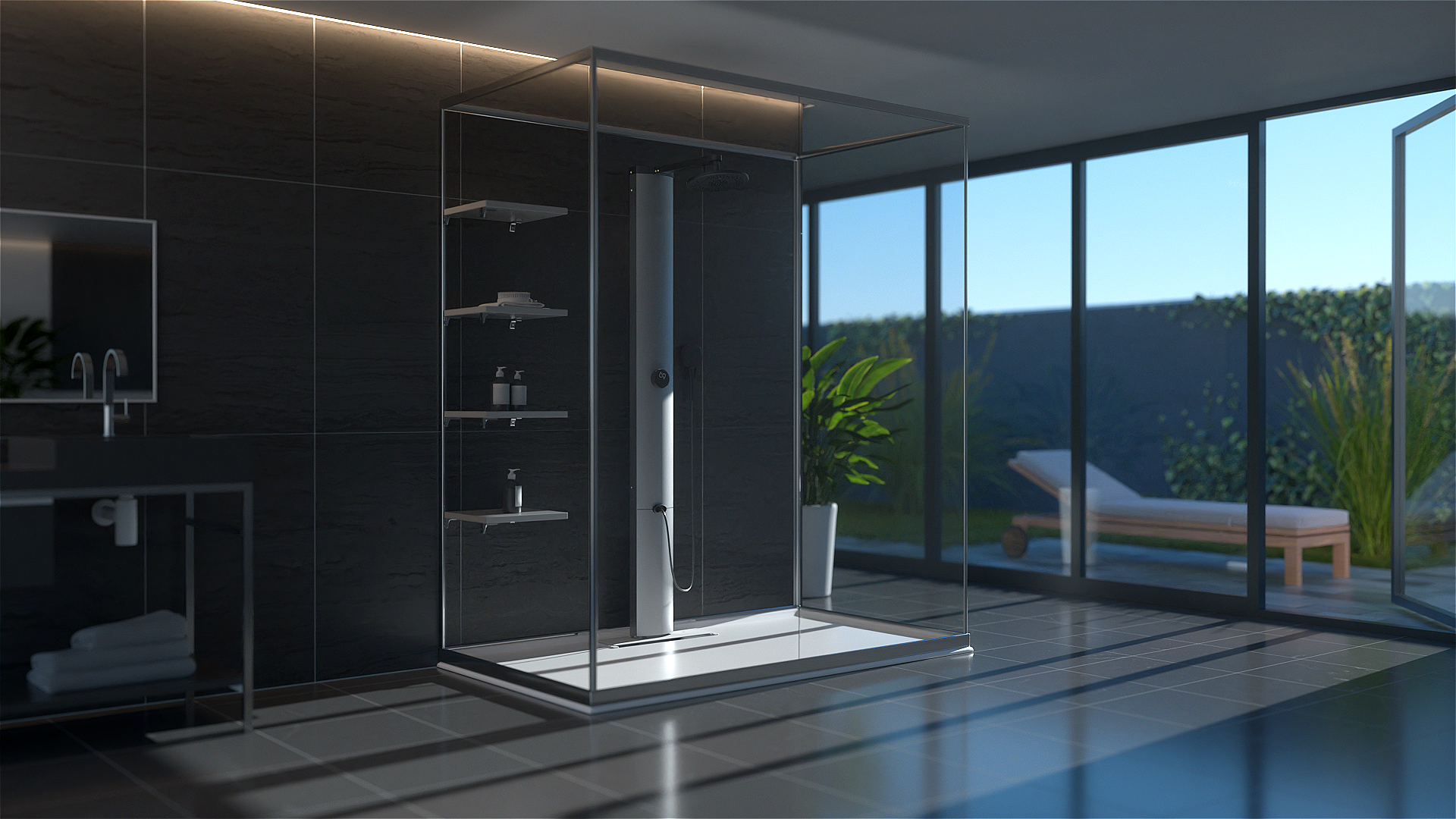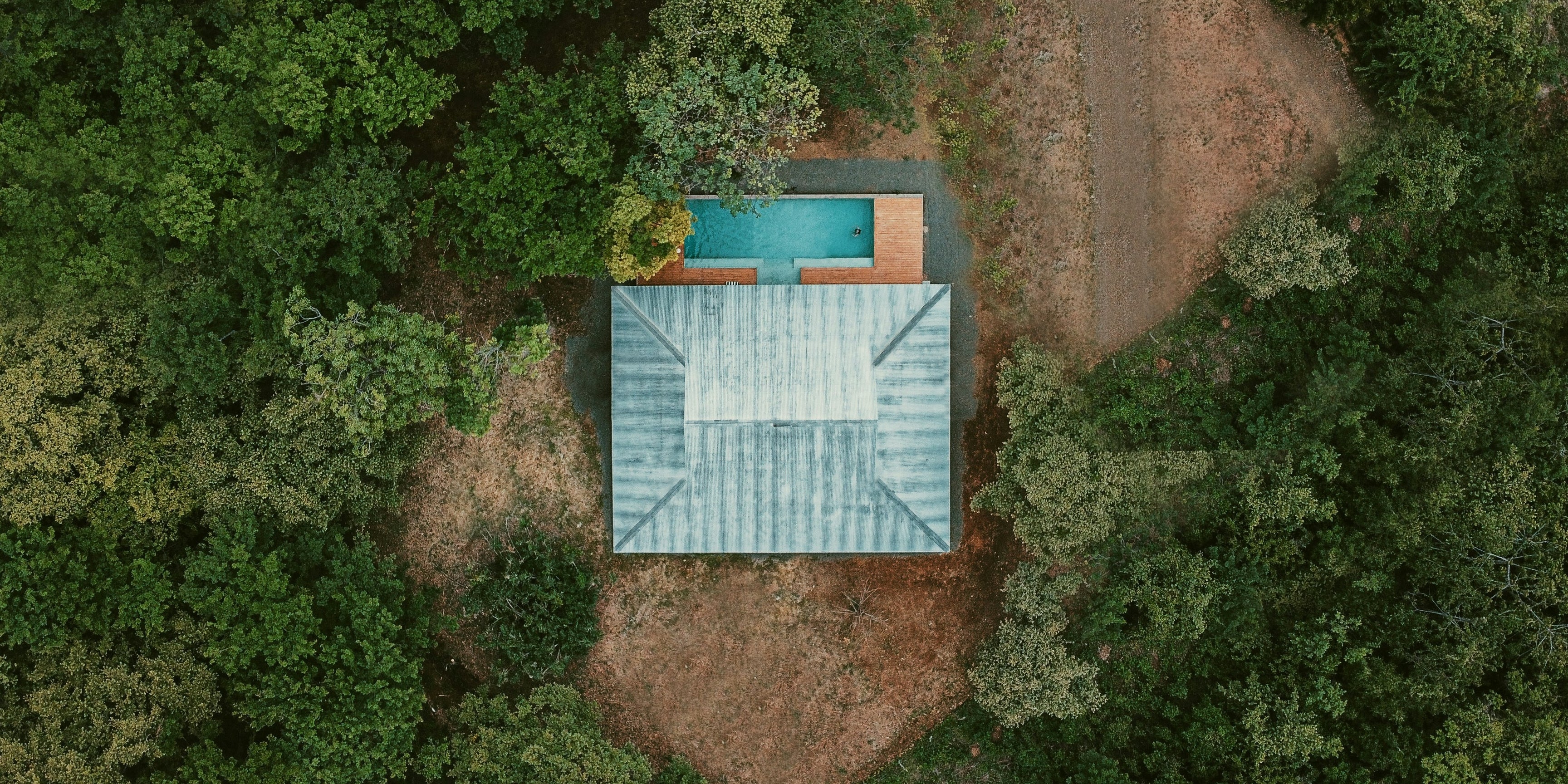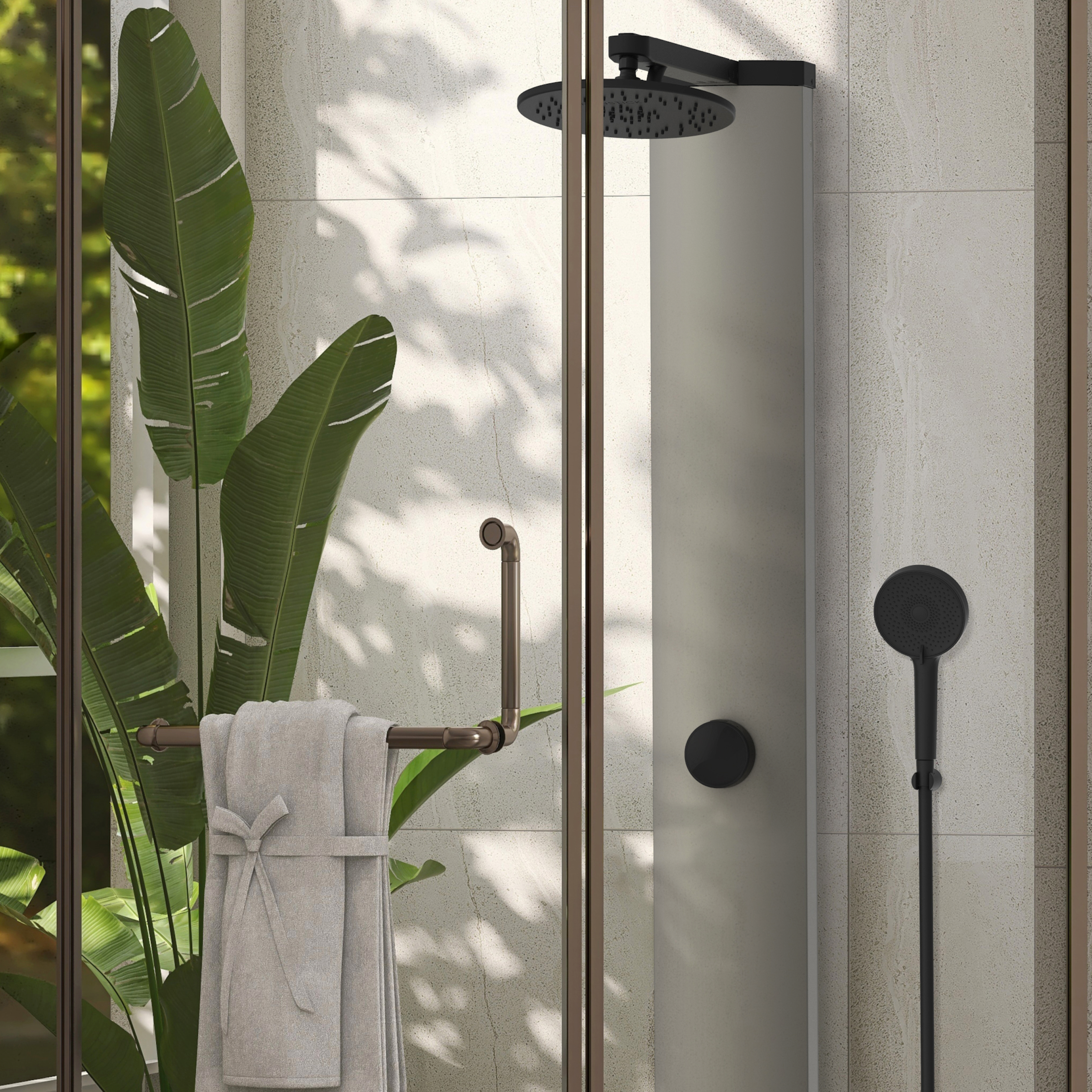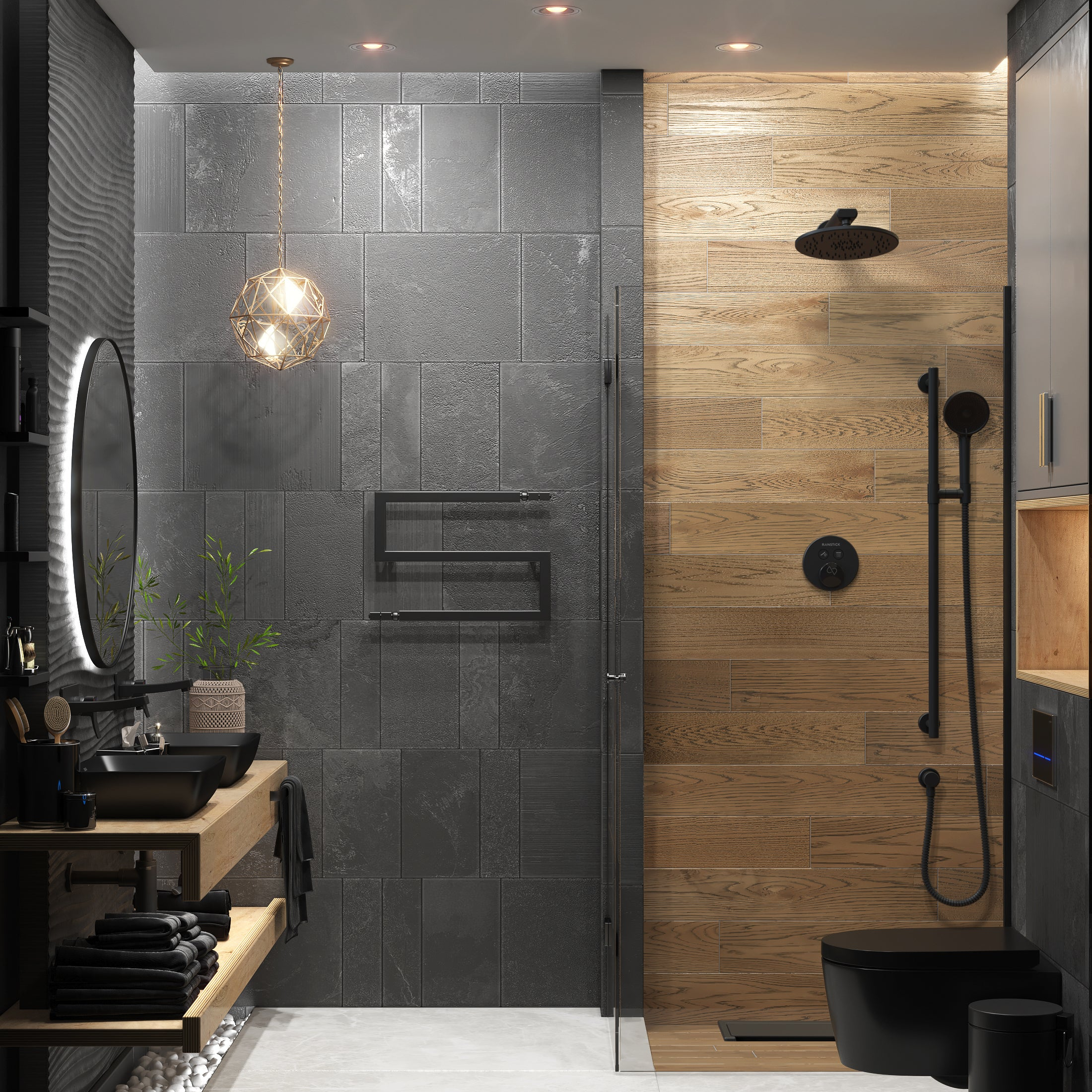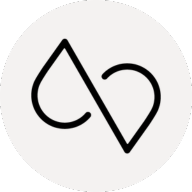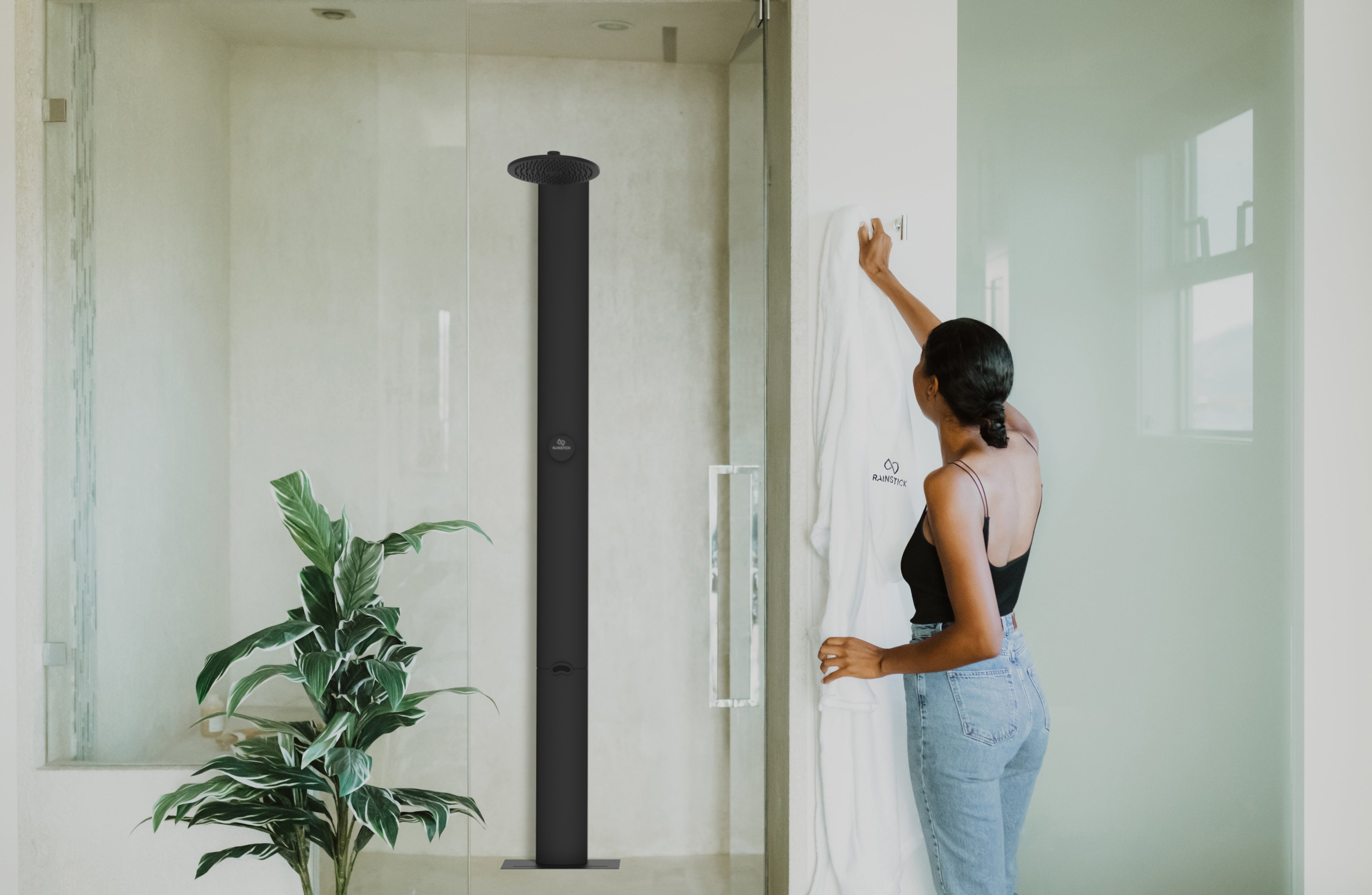With more cities looking for ways to conserve water and maintain water resources, innovative water conservation solutions like RainStick recirculating shower and alternative greywater systems have gained attention. While both aim to reduce water consumption, the two technologies operate differently and serve distinct purposes. In this blog, we'll delve into the two kinds of technologies and how recirculating showers differ from greywater systems, highlighting their unique features and functionalities.
Understanding RainStick Recirculating Shower
RainStick recirculating shower revolutionizes the showering experience by capturing, cleaning and recirculating the shower water in real time within a closed loop system, providing a luxurious yet eco-friendly shower experience that saves up to 80% water and up to 80% energy during an average 10 minute shower. The RainStick Shower utilizes advanced filtration technology including high intensity UV-LED and Micron Level Screen to maintain water quality and is continuously adding in clean, potable water to refresh the shower water every 90 seconds, all while minimizing water wastage.
Key Features of Rainstick Recirculating Shower
Water Efficiency
Recirculating showers significantly reduce water consumption by reusing and cleansing potable water throughout the showering process, leading to substantial savings in both water usage and utility bills. They lead to water savings of approximately 80% compared to traditional fixtures. Find out how much water you can save in your area here.
Energy Efficiency
Recirculating showers also significantly reduce energy consumption by reusing and cleansing potable water so that water doesn’t need to be heated continually. Once the temperature is reached, water is only incrementally heated to maintain temperature. This leads to substantial household energy savings of up to 80%. Find out how much you can save on your energy bills in your area here.
Luxury Shower Experience
With an eco friendly design, RainStick Shower offers a spa-like bathing experience of 3 GPM compliantly at the showerhead, with a strong flow of water that enhances coverage, relaxation and comfort. This experience is made possible through its recirculation. In reality, the Shower is only utilizing .5 GPM.
Advanced Filtration
These systems incorporate sophisticated water cleaning mechanisms to ensure that the recirculated water remains clean and free of impurities, promoting utmost hygiene. Unlike regular showers where legionella can build up in the pipework over time, RainStick ensures water stays safe from bacteria and viruses.
Understanding Greywater Systems
On the other hand, greywater systems, also known as whole home greywater systems or off-grid water systems, focuses on recycling water from various household activities such as doing laundry and bathing. RainStick recirculating showers use potable water and focus on point-of-use while greywater or graywater systems collect and treat wastewater from multiple sources within the home.
Key Features of Greywater Systems
Multi-Source Water Recycling
Greywater systems collect wastewater from showers and washing machines, diverting it from the sewage system. This water is then treated and repurposed for non-potable uses such as irrigation and toilet flushing.
Versatility of Greywater Installation
Greywater systems offer a versatile solution for water conservation, allowing homeowners to reuse wastewater for various purposes beyond showering. By reducing reliance on freshwater for activities like watering plants, they contribute to sustainable landscaping practices.
Environmental Impact of Greywater Systems
By diverting wastewater from the sewage system, greywater systems save a substantial amount of water resources on an ongoing basis.
Key Differences Between Recirculating Showers and Greywater Systems
Water Savings
Recirculating showers and greywater systems save the same amount of water. Recirculating showers save approximately 80% water at the source, while greywater systems rely on showering feedstock and re-use it for existing water uses within the home.
Energy Savings
Recirculating showers save up to 80% energy while greywater systems do not save energy.
Installation
RainStick recirculating showers are installed in a similar way to traditional shower fixtures today. Greywater systems require more extensive plumbing requirements found here.
Regulation Requirements
RainStick recirculating shower does not utilize greywater, and is considered a spa product, compliant for installation within North America. Greywater system regulation varies state by state in the US but more and more cities are recognizing greywater as a fantastic option for water conservation efforts.
Return on Investment (ROI)
Because RainStick recirculating shower saves water and energy, the payback period is typically under 5 years. Greywater systems do not save energy, making the payback period closer to 15 years.
Water Source
RainStick showers utilize potable water to recirculate water within a closed loop; they do not store water in between showering sessions. Greywater systems on the other hand collect and treat wastewater from various household activities.
While RainStick recirculating showers and greywater systems share the goal of water conservation, they are distinct technologies with different applications and functionalities. RainStick Showers excel in providing a luxurious yet eco-friendly showering experience within the bathroom, whereas greywater systems offer a solution for recycling wastewater from various household activities. By understanding the differences between these two water conservation solutions, homeowners can make informed decisions to support sustainable living practices and reduce their environmental footprint.
Sources & Extra Material:
Three Cities Innovate Solutions for Tackling Water Scarcity


